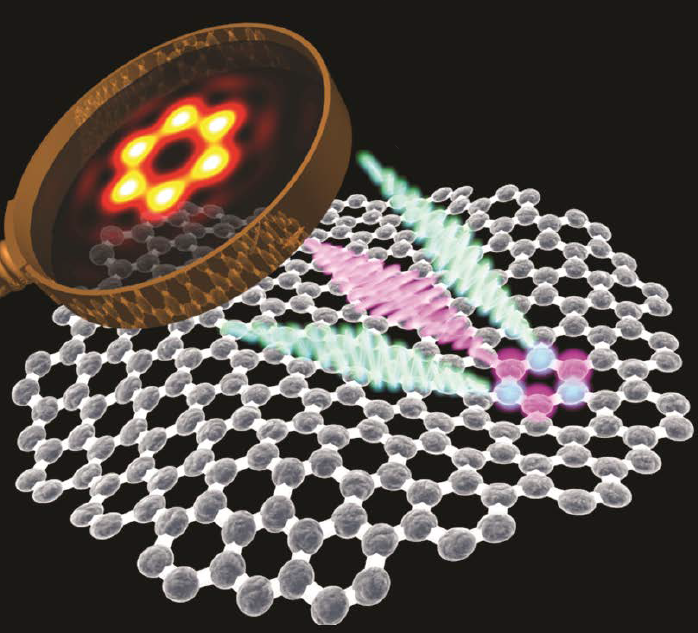Microscopy
| Latest Innovations | ||||||
|---|---|---|---|---|---|---|
|
||||||
|
||||||
|
||||||
|
||||||
|
| ... |
|
Benefits |
|
Tuning of Photonic Nanojets for Enhanced Super Resolution Microscopy
This technology is a novel asymmetrical microstructure capable of generating tunable photonic nanojets (PNJ) allowing super-resolution microscopy. The...
This technology is a novel asymmetrical microstructure capable of generating tunable photonic nanojets (PNJ) allowing super-resolution microscopy. The microstructure has tunable properties allowing generation of multiple PNJs, from ultra-narrow for super-resolution to ultra-long for detection of nanoparticles in biological samples. This technology opens the door for applications beyond super-resolution imaging, such as data retrieval from ultra-high density optical storage as well as nanolithography.

Micropatterned Coverslip for Fluorescence Microscopy
Dr. Paul Selvin from the University of IL has developed a streamlined process for creating coverslips with built-in, nanoscale fiduciary...
Dr. Paul Selvin from the University of IL has developed a streamlined process for creating coverslips with built-in, nanoscale fiduciary markers using thermal NIL. Unlike 50‐100 nm fluorescent nanoparticles, these markers can be custom made to different sizes and shapes. Using this method, Dr. Selvin found that there is no resulting auto-fluorescence in the blue part of the spectrum (emission from 450 nm and farther red), allowing for more proteins to be tracked simultaneously, a major advantage in the field. Additionally, the coverslip is stable enough to culture primary neuronal cells for over 2 weeks, while other micropatterned coverslips would detach from the glass surface during that amount of time.

A New Confocal Microscope
Dr. Kimani Toussaint and Mr. Chukwuemeka Okoro have developed a Second-harmonic Patterned Polarization-Analyzed Reflection Confocal (SPPARC) microscopy technique combining...
Dr. Kimani Toussaint and Mr. Chukwuemeka Okoro have developed a Second-harmonic Patterned Polarization-Analyzed Reflection Confocal (SPPARC) microscopy technique combining confocal microscopy, second harmonic generation (SHG) microscopy and Mueller matrix polarimetry. SPPARC has a strong potential to more accurately and quantitatively describe 3D microstructural changes in collagen-rich samples as well as non-collagenous extra-fibrillary matrix regions. It also provides a framework for 3D label-free SHG-patterned quantification of collagen to more accurately monitor sensitive changes. For more information, please contact the Office of Technology Management at otm@illinois.edu.

Nanometer-scale Optical Microscopy Resolution Standard
Dr. Zhao has developed a new resolution standard for super-resolution microscopes. Dr. Zhao’s invention allows for resolution to be tested in an environment that...
Dr. Zhao has developed a new resolution standard for super-resolution microscopes. Dr. Zhao’s invention allows for resolution to be tested in an environment that accurately reflects biological experimental conditions, unlike current resolution standards that are attached or etched to the surface of a cover glass. Dr. Zhao’s invention also allows for determination of axial (z) resolution in addition to the lateral resolution (x,y).

Unlimited Resolution Optical Microscopy
The development of unlimited resolution imaging systems based on the fundamentally odd-symmetric polarization topology which breaks the 145-year-old law of Abbe’s...
The development of unlimited resolution imaging systems based on the fundamentally odd-symmetric polarization topology which breaks the 145-year-old law of Abbe’s resolution limit. With this technology, two objects separated by an arbitrarily small gap can be distinguished using a conventional far-field imaging system that has an arbitrarily low numerical aperture of the objective lens. The system allows imaging of nanoparticles and nanostructure which was previously not achievable by conventional optic microscopes.


